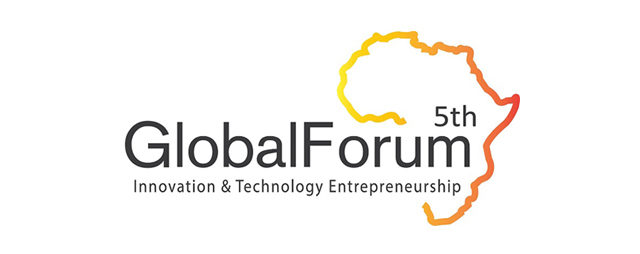30th November 2015
BlogBen Pounds is a Junior Medical Writer within Havas Lynx London. With a degree in Pharmacology and teaching experience in the sciences, he aspires to engage people with science and medicine, and connect them with the latest ideas and developments in the field. Above all, he is driven by the written word’s ability to spark the imagination, ignite discussion and ultimately change behaviour for the better.
Collaboration is the name of the game
What drives unique, paradigm-shifting innovation? How can creativity today help us build a more streamlined, desirable tomorrow? The 5th Global Innovation Forum (GIF) recently gathered some of the world’s leading innovators, designers, researchers and creative thinkers at London’s Royal Mint Court. The event provided a stage from which they could offer their own perspective on these ever-present wonderings of the creative psyche.
The speakers were not only supremely credible, but also diverse. From the US and Mexico to the Netherlands, each corner of the globe had sent its finest innovators to share their experiences. From global corporates including Barclays, Pfizer and Samsung to fledgling startups, every speaker shared the same consensus – collaboration is key. Whether fusing design with technology or building multidisciplinary teams, connection sparks innovation. And innovation ignites helpful change.
Matthew Claudel, a researcher at both MIT’s Senseable City Lab and their Lab for Innovation Science and Policy, spoke of the importance of what he termed innovation ecosystems. He summed it up concisely: “To get stuff done, work with similarly skilled colleagues. But to generate new ideas, you need an open, porous, mixed-skill group.”
He cited the example of MIT’s Rad Lab; a cramped, over-populated space in which colleagues couldn’t help but overhear each other’s conversations. Though clearly uncomfortable, this environment, and the cultural chemistries within it, became a breeding ground for innovative ideas. It witnessed the birth of myriad inventions, from radar technologies to Bose acoustics and the first videogame.
However, as explained by Wendy Mayer, Worldwide Vice President of Innovation at Pfizer, conflicts between research and commercial interests also play a part in determining the extent to which creativity can flourish. While innovators strive for the unique, first-of-its-kind idea, they are too easily overpowered by traditional tactics with a more proven ROI that satisfies commercial demand. So how can we counter the perceived risk posed by ‘the big new idea’?
Of course, there is no guarantee for success. We must clearly frame our challenge, and leverage insights to support our idea. But above all, we must embrace failure– not as our endgame, but as a key step to success. To quote Pfizer’s flagship innovation program, we must “Dare to Try”.
As a writer, the most resonant message for me was in the value of stepping beyond one’s comfort zone. I am passionate about creating content that invites discussion and excites imaginations, but I know very little about design, interactive or frontend requirements. Despite that lack of knowledge, it is the pursuit of innovation that connects me with other creatives. Only when I work with them, as part of a multidisciplinary team, can I stand a chance of sparking that idea that could change patients’ lives for the better.
As an agency, we have a mission. We change. We define. We inspire. The latter is particularly important – we inspire clients to push boundaries, we inspire patients to engage with their conditions, and we inspire our industry with game-changing ideas. But perhaps most importantly of all, we can collaborate with and inspire each other, and continue to define healthcare communications with our bold innovations and creative ideas.
